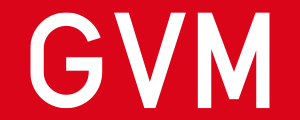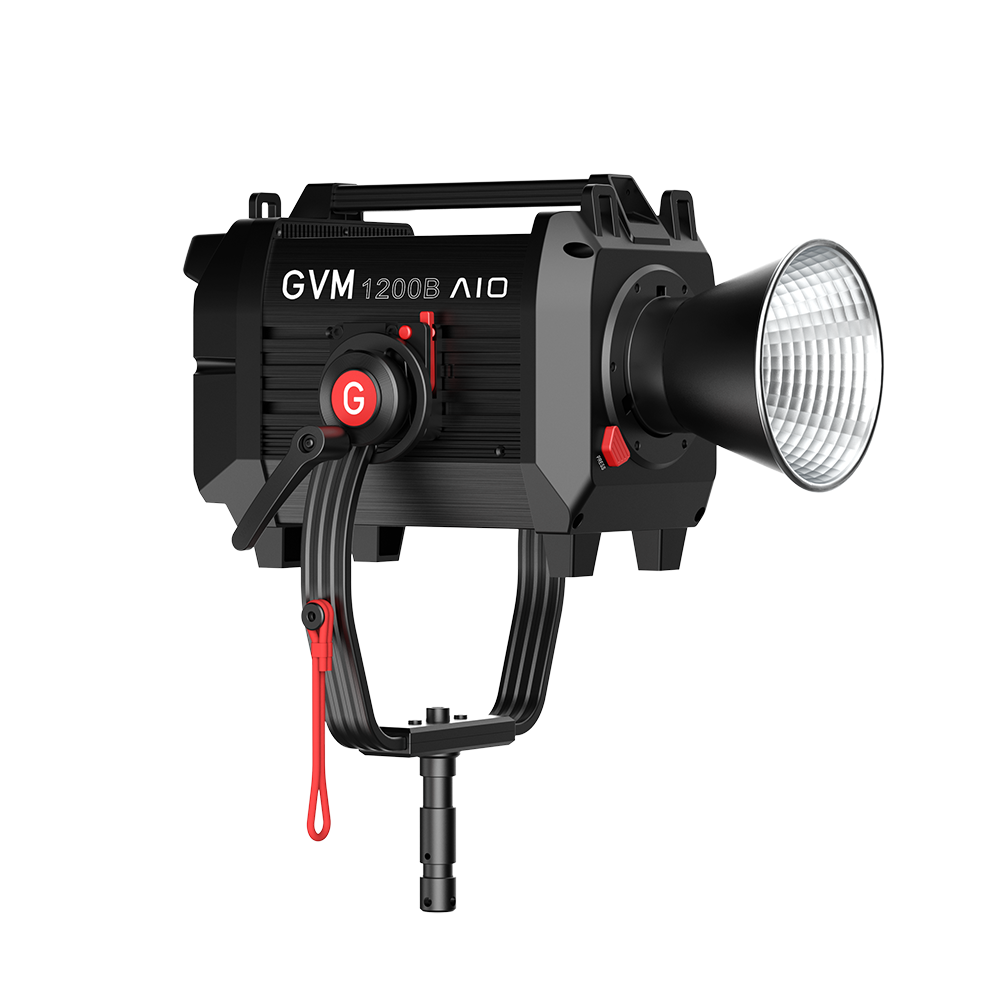Beginner's Guide: A Collection of Photography Lighting Equipment
When you first dabble in photographic lighting, you’re bound to feel overwhelmed. Studio lighting can seem complicated, full of confusing jargon, and it’s certainly not designed for beginners.
But here it is:
While photographic lighting may seem complicated, it’s actually pretty easy to get started with – assuming you have the right teacher. That’s where this article comes in handy; my goal is to share all the photography lighting basics so that when you’re done, you’ll have a solid understanding of studio lighting equipment and the accompanying vocabulary.
let’s start.
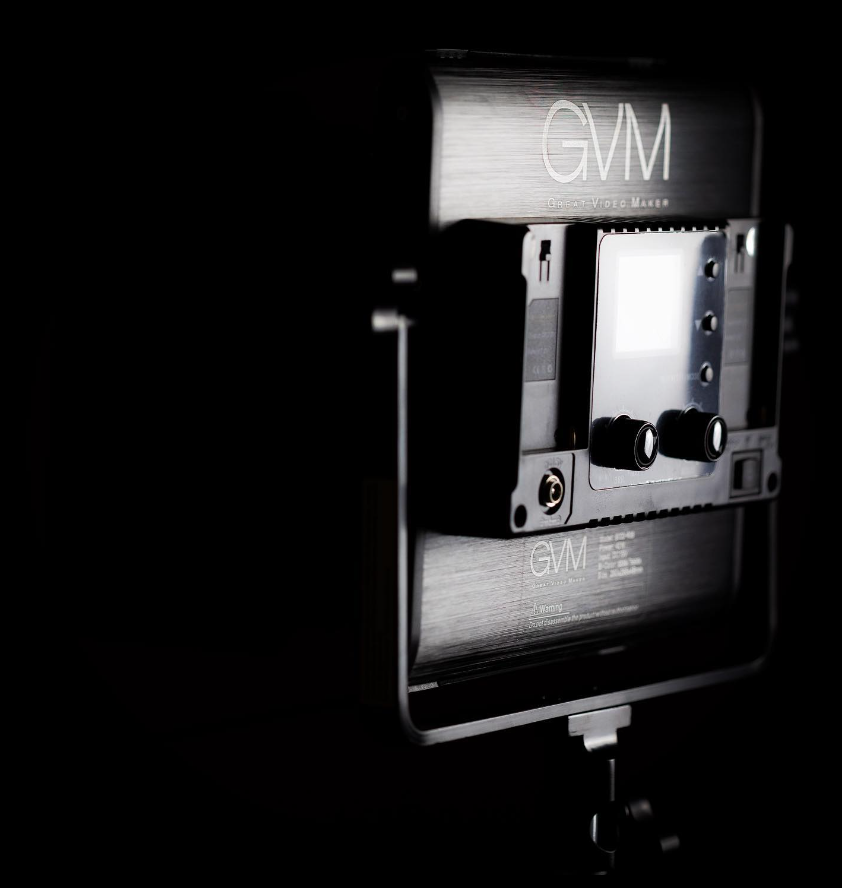
Type of light
In this section, I’ll cover the main types of studio lights. Note that each lighting type differs in practicality, portability, cost, and more.
Strobe light
A studio strobe, sometimes called a monobloc or monobloc, is a specialized flash. Strobe lights typically use power cords, although more battery-powered products are hitting the market every day. Power output can vary widely between models; cheap flashes offer about the same power as cheap third-party flashes, while top-notch flashes are some of the strongest in the business. For this reason, flashes are the most commonly used studio lights by professionals.
Flash is a powerful flash unit that dominates studio photography.
Continuous lights function the same as flashes, but they don’t blink. Instead, they are high-power, constant lights that can (usually) be fitted with modifiers. Although associated with video, continuous lights still have a place in still photography. LED lights are currently flooding the continuous light market, many of which are viable options for still shooters.
Note that continuous lights are sometimes called heat lamps – because they tend to get very hot. Be careful with modifiers near bulbs as they are a fire hazard. (This does not apply to LED lights.)

Flash
Continuous lights function the same as flashes, but they don’t blink. Instead, they are high-power, constant lights that can (usually) be fitted with modifiers. Although associated with video, continuous lights still have a place in still photography. LED lights are currently flooding the continuous light market, many of which are viable options for still shooters.
Note that continuous lights are sometimes called heat lamps – because they tend to get very hot. Be careful with modifiers near bulbs as they are a fire hazard. (This does not apply to LED lights.)
A flash is a small but powerful light source that is essential in a portable studio.
Umbrellas
Umbrellas look like, well, umbrellas, except they’re not designed for rainy-day use. Instead, photography umbrellas come in silver or white and are attached to your light via a mount. By pointing a studio light into the umbrella (which reflects the light back to your subject, as displayed in the photo below), you create a much larger, softer light source. Umbrellas are technically directional, but they can have a lot of spill, and they certainly aren’t the easiest modifier to control.

Translucent umbrellas/shoot-through umbrellas
Translucent umbrellas don’t reflect light like the umbrellas discussed above; instead, they’re made of a diffusion material that softens the light. Simply point your light into the a translucent umbrella to get a beautiful, even result (though with practically zero directionality).
Softboxes
Softboxes come in a variety of shapes and sizes. Once mounted, a softbox shapes and softens the light to become more flattering. Softboxes also tend to be quite directional, they are easy to control, and they can even be adjusted with additional modifiers (such as grids). Softboxes are highly versatile, so they’re an ultra-popular studio accessory.
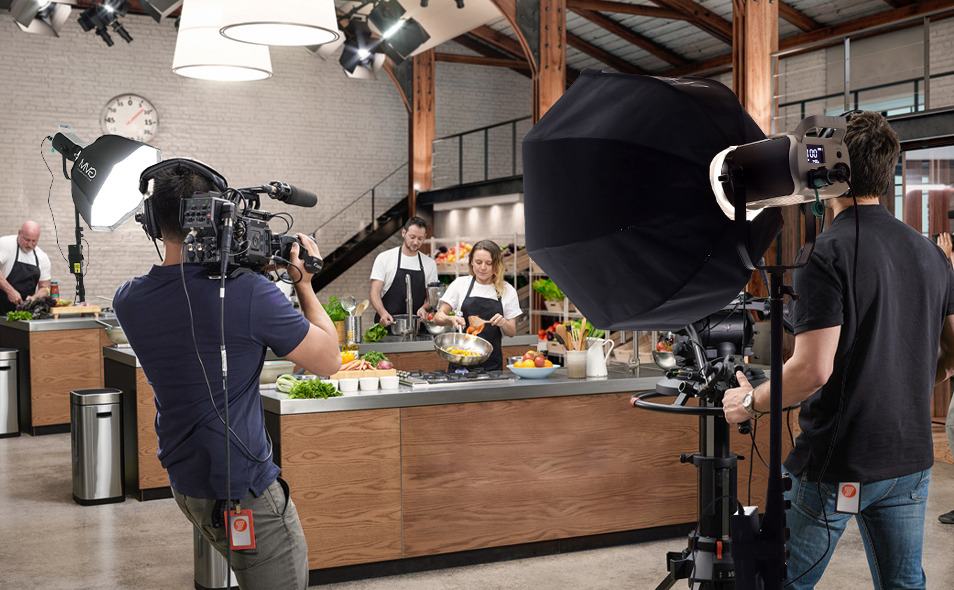
Strip boxes
Strip boxes are a special type of long, rectangular softbox. They produce a narrow beam of light, which is great for lighting a subject from behind for a rim lit effect.
Octaboxes
Octaboxes are special octagonal softboxes; the rounder result is useful for shaping portrait lighting. Octaboxes tend to be quite large, creating especially soft, flattering light that’s perfect for portrait photography.
Reflectors
Not to be confused with handheld reflectors (discussed below), reflective modifiers mount directly to a studio strobe. They channel the light in a specific angle for very directional light. Reflector light is very hard, and most reflectors are designed to take a variety of grids.

Snoots
Snoots are modifiers designed to focus your light in a very narrow beam. They make great hair and background lights.
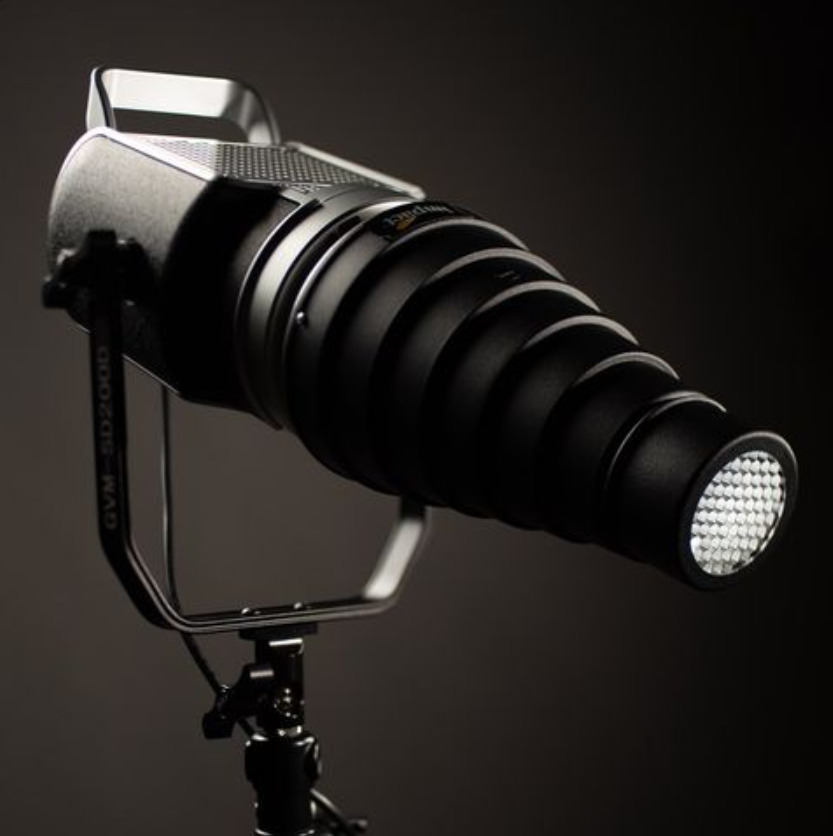
Barn doors
Barn doors are fitted with two to four flaps; these allow you to block and shape the light to create different effects. For instance, barn door flaps can help you focus your light on a specific aspect of your subject (such as the hair), or they can be used to prevent (flag) the light from hitting a certain spot.
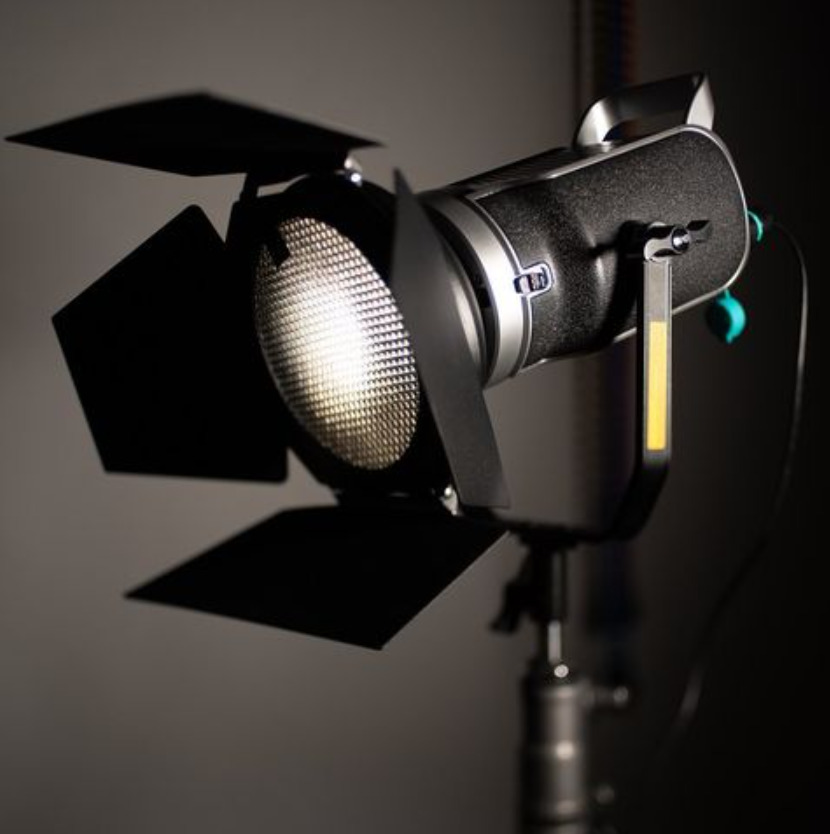
Portable reflectors
Not to be confused with reflective modifiers (above), reflectors allow you to reflect light back onto your subject. They are a way to create fill light without a second dedicated light source. Reflectors come in many shapes and sizes, from the ubiquitous 5-in-1 reflectors to fancy tri-flectors sometimes used in beauty portraits.
Grids/honeycombs
Grids are modifiers for your modifiers. You place them on a reflector, softbox, or beauty dish to further narrow the beam of light – to ensure the light is only falling on your subject (or on some other, desired location).
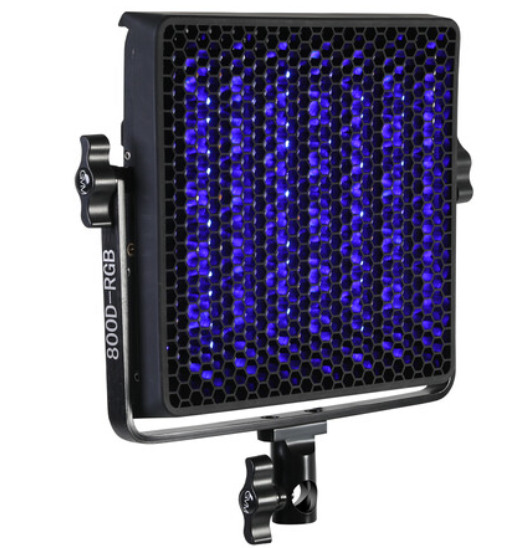
Diffuser/scrim
A diffuser is a piece of translucent material that you place in front of a light source to alter the quality of the light or to reduce its intensity. Some diffusers do both.
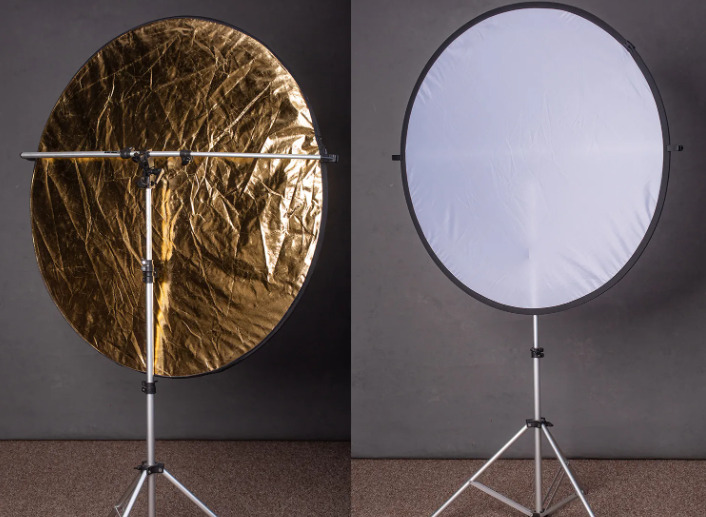
Flags
Flags are used to block (or flag) light from falling on certain parts of the scene. You can use a flag to stop excess light falling on your background, or you can use a flag to reduce the exposure on specific parts of your subject. For example, I sometimes use flags to underexpose everything from the neck down in close portraits. This helps ensure that the face is the main focus of the image.

Studio lighting equipment: final words
Well, there you go:
An introduction to studio lighting equipment, complete with plenty of vocabulary. Now that you’ve finished this article, you can confidently step into a studio and know exactly what is going on.
Now over to you:
Which of the studio equipment items mentioned above do you own? Which do you plan to buy? And which is your favorite? Share your thoughts in the comments below!
